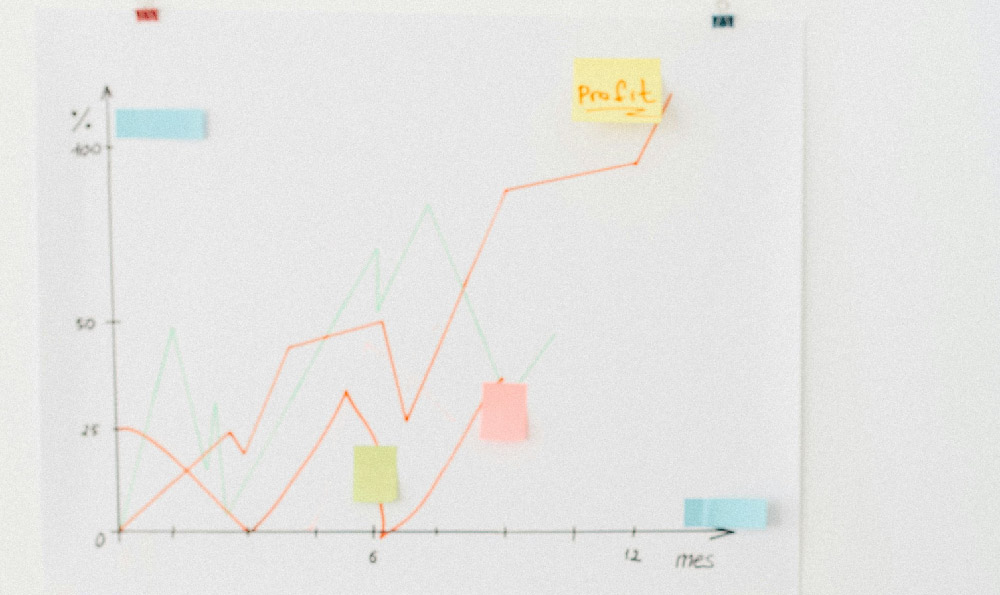CoinPro: Fixed or Dynamic Martingale? Which Strategy Reigns Supreme?

CoinPro: Fixed or Dynamic Martingale? Which Strategy Reigns Supreme? is a question that plagues many, especially those new to the volatile world of cryptocurrency trading. Both fixed and dynamic Martingale strategies aim to capitalize on market fluctuations, but their approaches differ significantly, leading to varying degrees of risk and potential reward. Understanding these nuances is crucial before implementing either strategy, particularly in the unpredictable crypto landscape.
The core principle behind any Martingale strategy rests on the assumption that you will eventually win. It's a betting system where you double your stake after each loss, theoretically recovering previous losses and netting a profit equal to your initial stake when you finally win. This concept is rooted in probability theory and is often associated with gambling scenarios, but its application to financial markets, especially crypto, requires a nuanced understanding of market behavior.
A Fixed Martingale strategy, as the name suggests, uses a predetermined multiplier for increasing the bet size after each loss. For instance, a common approach is to double the stake each time. Let's say you start with a $10 investment. If you lose, your next investment would be $20. If you lose again, it becomes $40, and so on. This continues until you win, at which point you revert to your initial $10 stake and begin the cycle anew. The simplicity of the fixed multiplier makes this strategy easy to understand and implement. However, the exponential growth in stake size can be devastating if a losing streak persists. Imagine a series of consecutive losses – the required capital to maintain the doubling strategy quickly escalates, potentially exceeding available funds or exchange limits. Furthermore, psychological pressure can mount as losses accumulate, leading to hasty decisions that deviate from the planned strategy. In the crypto world, where flash crashes and sudden market reversals are commonplace, a fixed Martingale strategy can lead to significant losses in a short period.

A Dynamic Martingale strategy, on the other hand, offers a more adaptable approach. Instead of a fixed multiplier, it adjusts the betting increase based on factors like the trader's risk tolerance, account size, and market volatility. For example, instead of doubling the stake after each loss, a dynamic strategy might increase it by only 50% or even a smaller percentage, depending on the prevailing market conditions. This reduced risk allows the trader to withstand longer losing streaks without depleting their capital as rapidly. Dynamic Martingale also allows for the incorporation of other technical indicators or fundamental analysis into the decision-making process. For instance, if the trader observes a strong support level for a particular cryptocurrency, they might increase their stake more aggressively at that point, confident in a potential rebound. Conversely, if market volatility is high and uncertainty prevails, they might reduce the multiplier to minimize potential losses. The flexibility of a dynamic Martingale strategy allows for a more personalized and risk-averse approach compared to the rigid structure of a fixed strategy.
While the Dynamic Martingale offers some advantages, it’s not without its challenges. It requires a deeper understanding of market dynamics, risk management principles, and technical analysis skills. Determining the optimal multiplier for each trade requires constant monitoring of market conditions and a sophisticated understanding of the underlying cryptocurrency's behavior. Furthermore, the complexity of the dynamic approach can lead to analysis paralysis, where the trader hesitates or overthinks decisions, potentially missing opportunities or reacting too slowly to market changes. Backtesting is crucial for a dynamic Martingale, to understand the performance and refine the parameter under different market conditions.
So, which strategy reigns supreme? The answer is nuanced and depends heavily on individual circumstances and risk tolerance. A Fixed Martingale is suitable for traders with a high-risk appetite, limited capital, and a short-term trading horizon. They need to be prepared for potentially significant losses and adhere strictly to their plan. A Dynamic Martingale, while more complex, offers greater flexibility and potentially reduced risk for traders with more capital, a longer-term perspective, and a willingness to continuously learn and adapt.
However, it is essential to emphasize that neither strategy is a guaranteed path to riches. Both fixed and dynamic Martingale strategies are inherently risky and should be approached with extreme caution, especially in the volatile cryptocurrency market. No strategy can consistently overcome the house advantage or predict market movements with perfect accuracy.
Before implementing either strategy, consider the following crucial aspects:
-
Risk Tolerance: Honestly assess your risk tolerance. Can you stomach a series of losses without emotional distress? Are you prepared to lose your entire investment?
-
Capital Management: Determine the amount of capital you are willing to allocate to this strategy. Never invest more than you can afford to lose.
-
Exchange Limits: Be aware of the exchange's trading limits and commission fees. These can significantly impact your profitability, especially with frequent doubling or increasing of stakes.
-
Market Research: Thoroughly research the cryptocurrency you are trading. Understand its price history, volatility, and potential catalysts.
-
Backtesting: Simulate the strategy using historical data to assess its performance under different market conditions. This will help you refine your parameters and identify potential weaknesses.
-
Emotional Control: Maintain emotional discipline and avoid deviating from your planned strategy, especially during losing streaks.
-
Stop-Loss Orders: Consider using stop-loss orders to limit potential losses on each trade. While they might not always be triggered perfectly, they can provide a safety net in volatile markets.
In conclusion, the choice between a fixed and dynamic Martingale strategy hinges on individual risk tolerance, capital availability, and market expertise. While the dynamic approach offers greater flexibility and potential for risk mitigation, it requires a deeper understanding of market dynamics. Regardless of the chosen strategy, a cautious and well-informed approach is paramount. Remember, investing in cryptocurrencies involves inherent risks, and no strategy guarantees profits. Therefore, prioritize responsible risk management and never invest more than you can afford to lose. Consulting with a financial advisor before making any investment decisions is always recommended.















